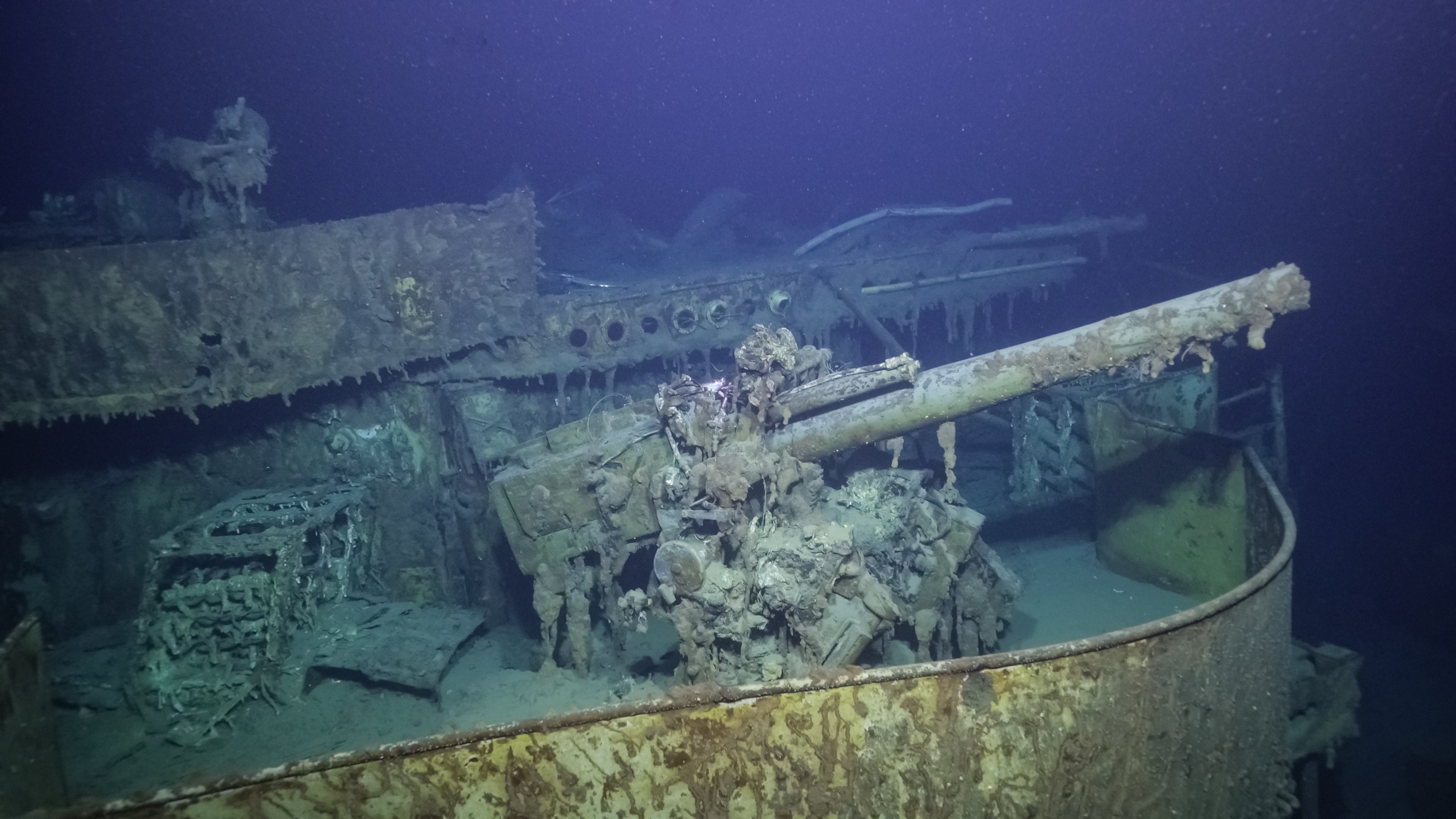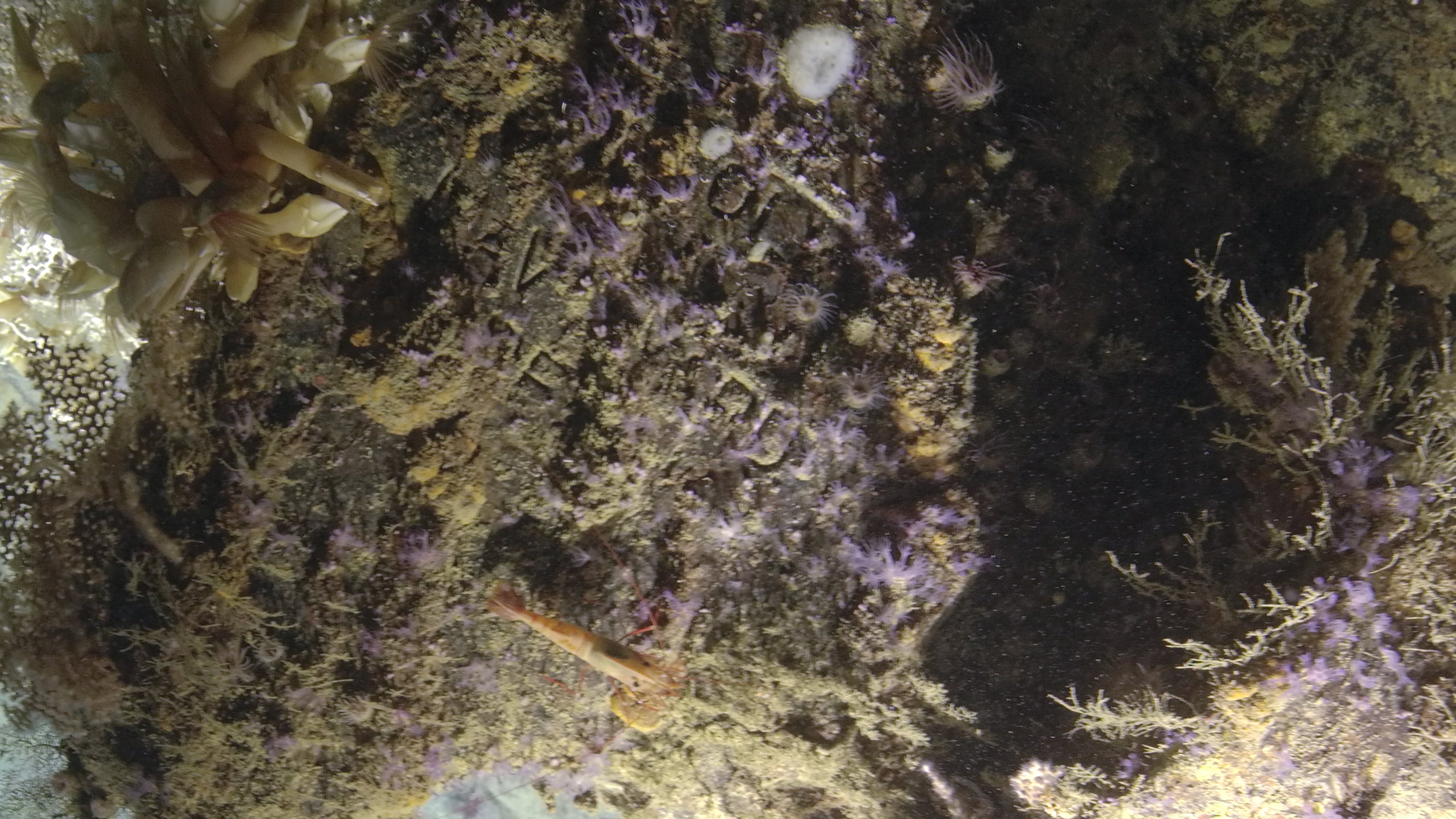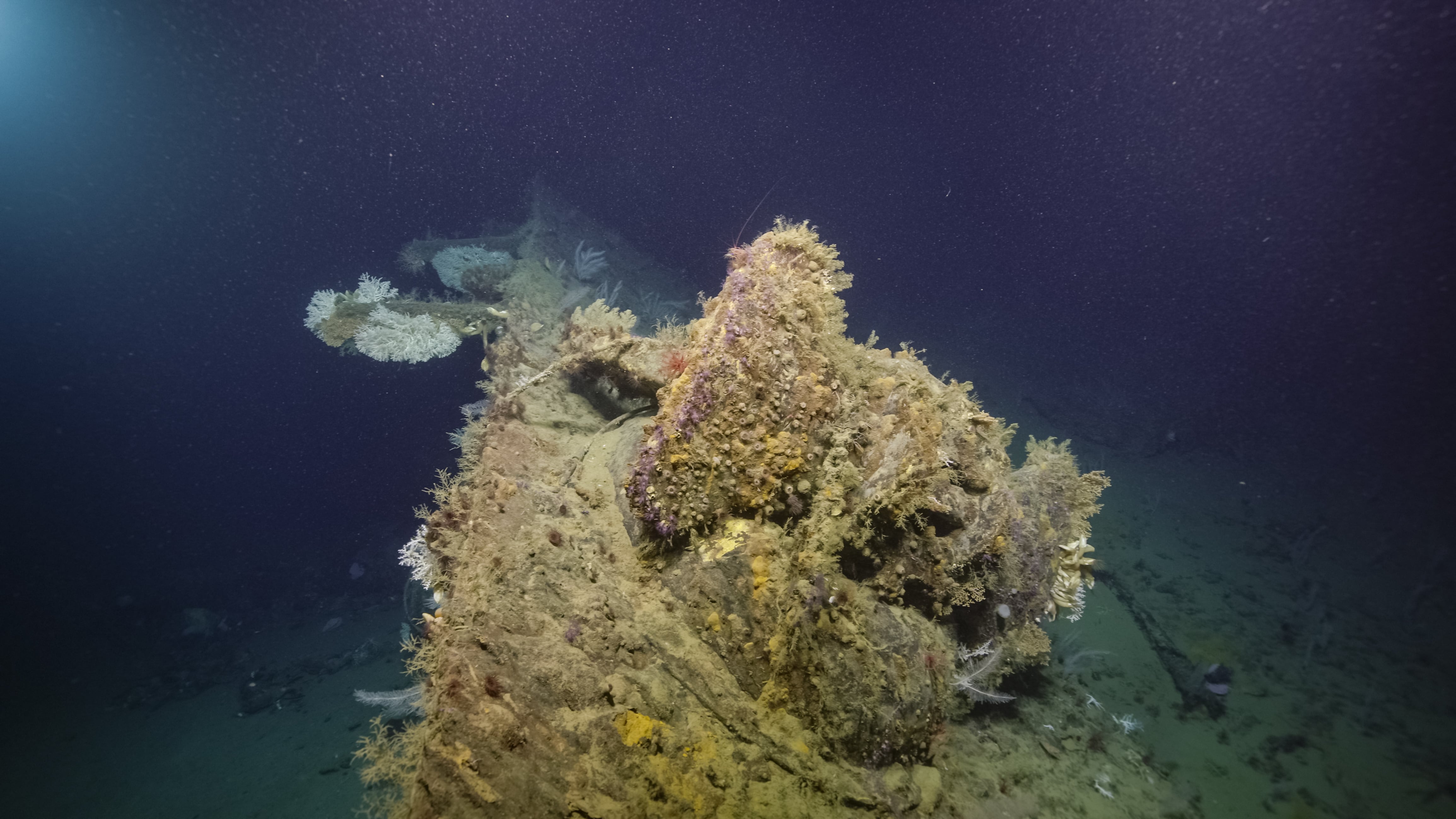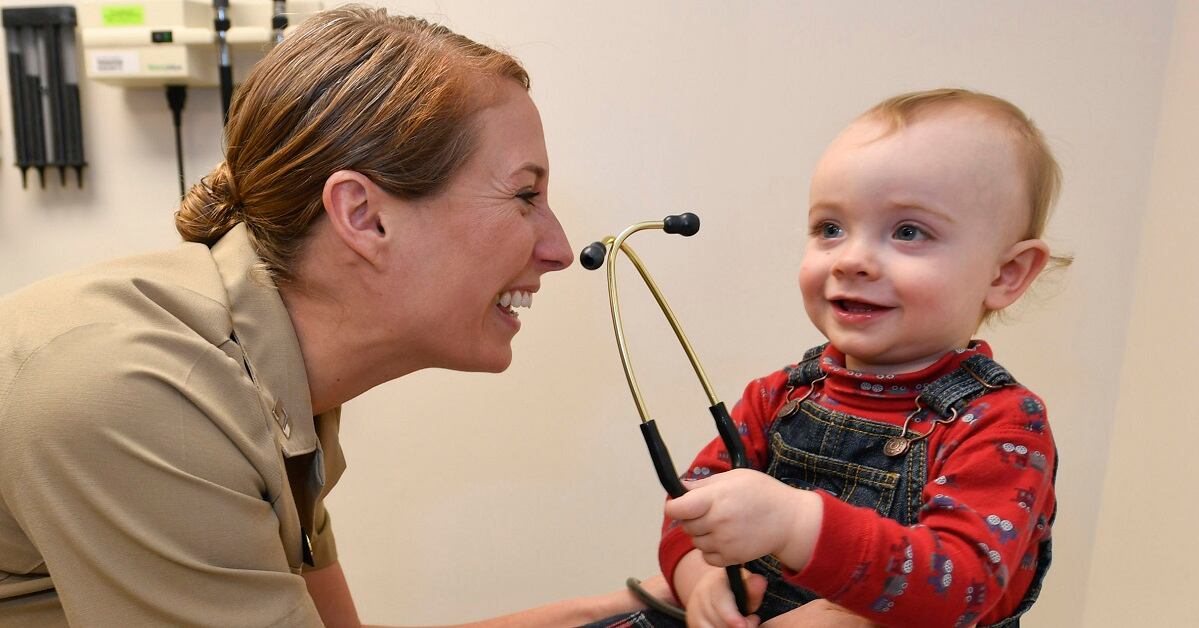On Nov. 30, 1942, a torpedo slammed into the heavy cruiser New Orleans, sending the bow, two gun turrets and more than 180 sailors to the bottom of Ironbottom Sound, near Guadalcanal in the Solomon Islands in the Pacific Ocean. Its whereabouts were lost to history — until now.
A team of scientists led by undersea explorer Robert Ballard discovered the shipwreck Monday. Using a remotely operated vehicle, they confirmed it was the long-lost bow, located at a depth of 675 meters (2,214 feet).
Imagery sent back by the vehicle detected several features enabling the team to identify the wreck as the New Orleans with “99% accuracy,” according to retired Rear Adm. Samuel J. Cox, director of Naval History and Heritage Command. Among the discoveries were:
- A “3” visible just forward to break in plating, from hull number CA 32
- Rounded anchor collars and stowed anchor orientation matching a 1936 dry dock image
- Anchor imprinted text reads “Navy Yard”
At the Battle of Tassafaronga in World War II, the New Orleans was struck by a Japanese “Long Lance” torpedo, detonating the forward magazines and tearing off nearly a third of the vessel, including the bow. More than 180 sailors — most of them in the forward two turrets – were killed instantly and went down with the front section of the ship.
RELATED

“USS New Orleans was the victim of probably the most devastating surface torpedo attack in history, which sank the heavy cruiser USS Northampton and severely damaged other heavy cruisers,” Cox said. “The torpedo that hit the ship was catastrophic and triggered a massive secondary explosion that blew off everything forward of the No. 2 main battery turret.”
Miraculously, the rest of the ship remained afloat. The New Orleans later sailed, stern first, under its own power to Puget Sound Naval Shipyard, where it was repaired and received a new bow. It went back to sea and fought in several more battles in the Pacific Theater of Operations.

“By all rights, this ship should have sunk, but due to the heroic damage control efforts of her crew became the most grievously damaged U.S. cruiser in World War II to actually survive,” Cox stated. “The ship’s damage control officer and two officer assistants stayed at their post and saved their ship but not themselves. They were awarded posthumous Navy Crosses.”
The wreckage was located by a multinational expedition exploration vessel Nautilus led by the Ocean Exploration Trust, or OET, and supported by NOAA Ocean Exploration through the Ocean Exploration Cooperative Institute. A four-hour remotely operated vehicle dive enabled the team, including onboard archaeologists and remote experts, to analyze structural details, paintwork and other details. These features confirmed the identity of the wreckage as the New Orleans.
“The discovery highlights the power of having multiple scientists and technologies work together to achieve a common goal,” said Daniel Wagner, OET chief scientist, in a press release. “The wreck was located during seafloor mapping operations by an uncrewed surface vehicle, then investigated shortly thereafter by a deep-diving remotely operated vehicle, imagery from which was viewed in real-time by hundreds of experts around the world, who all worked together to make a positive identification of the finding.”
The mission is part of the Maritime Archaeology of Guadalcanal expedition. The team is conducting surveys in Ironbottom Sound, where five major naval engagements took place between August and December 1942 during the Campaign for Guadalcanal. More than 20,000 personnel were killed, and 111 naval vessels and 1,450 aircraft were lost between Allied and Japanese forces.
To date, only 30 of the military ships lost in Ironbottom Sound’s deep waters have been located. Many others remain undiscovered.
“To find the bow of the USS New Orleans is an opportunity to remember the sacrifice of this valiant crew, even on one of the worst nights in U.S. Navy history,” Cox said.
The expedition is being streamed live at www.NautilusLive.org.





